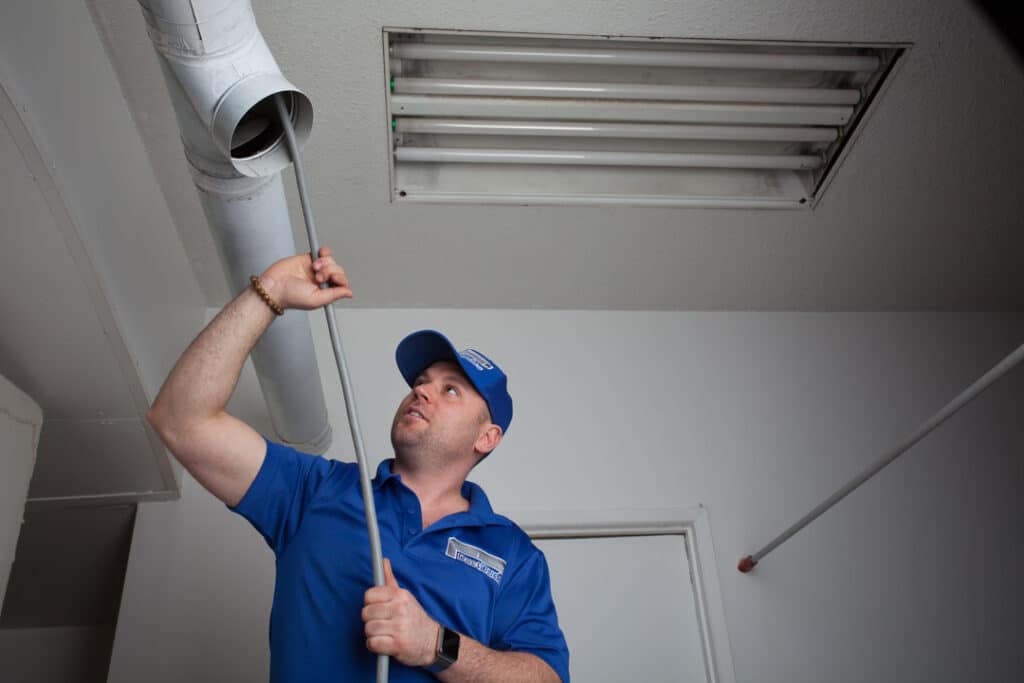
Introduction
For homeowners and business owners, knowing how to charge an HVAC system is essential for maintaining optimal performance and ensuring energy efficiency. This comprehensive guide offers a detailed step-by-step approach to help you charge your HVAC system correctly. Embrace this technology, and you will be delighted with the results!
What is HVAC Charging?
HVAC charging involves adding the right amount of refrigerant to an air conditioning system to ensure it operates efficiently. Proper charging maintains the system’s cooling capacity and preserves its lifespan.
Why Charging HVAC System Matters
Properly charging your HVAC system can lead to significant benefits such as improved energy efficiency, better cooling performance, and reduced wear and tear on the system’s components.
Common Signs Your HVAC System Needs Charging
- Reduced cooling effectiveness
- Unusual noises
- High energy bills
- Ice formation on evaporator coils
Required Tools and Equipment
- Refrigerant
- Manifold gauge set
- Thermometers
- Protective gear
Step-by-Step Guide to Charging HVAC System
Step 1: Safety First
Ensure you are wearing protective gear such as gloves and safety glasses. Always follow safety guidelines when handling refrigerants.
Step 2: Connect the Manifold Gauge Set
Attach the manifold gauge set to the HVAC system’s service ports. Be sure to connect the low-pressure hose to the suction side and the high-pressure hose to the discharge side.
Step 3: Check Current Refrigerant Levels
Use the gauge set to measure the current refrigerant levels in your HVAC system. Compare these readings with the manufacturers recommended levels.
Step 4: Add Refrigerant
If the system is low on refrigerant, slowly add the appropriate type and amount of refrigerant. Monitor the pressure levels closely while doing so.
Step 5: Monitor System Performance
After adding refrigerant, observe the system’s performance. Ensure the temperature and pressure readings fall within the recommended range.
Step 6: Disconnect Equipment
Once the desired levels are reached, disconnect the manifold gauge set and ensure all service port caps are securely fastened.
Expert Tips for Maintaining Your HVAC System
- Regularly inspect and clean filters.
- Schedule annual professional maintenance checks.
- Ensure the condenser unit is free of debris and obstructions.
Common Mistakes to Avoid
- Adding too much refrigerant
- Not using the correct type of refrigerant
- Ignoring safety precautions
When to Call a Professional
If you are uncertain about any step in the process, or if your HVAC system exhibits persistent issues, it is advisable to consult a professional HVAC technician.
External Resources
For more information, you can visit this external resource on EPA’s Guide on HVAC Maintenance.
Internal Resources
FAQ
1. How often should I charge my HVAC system?
Most HVAC systems do not need frequent charging. Ideally, you should only need to charge your system if there is a refrigerant leak or after extensive repairs.
2. Can I use any type of refrigerant to charge my HVAC system?
No, it is crucial to use the specific type of refrigerant recommended by the manufacturer. Using the wrong type can damage your HVAC system.
3. Is it safe to charge my HVAC system myself?
While it is possible to charge your HVAC system yourself if you follow proper safety guidelines, it is always best to consult or hire a professional if you are unsure.